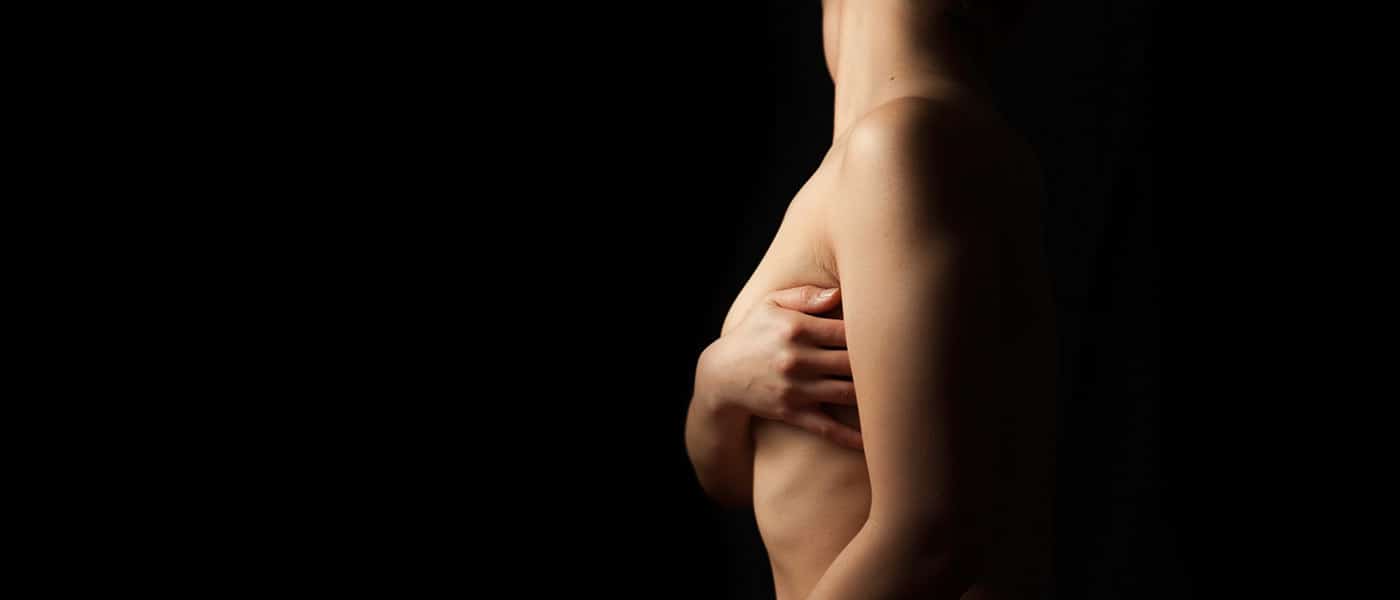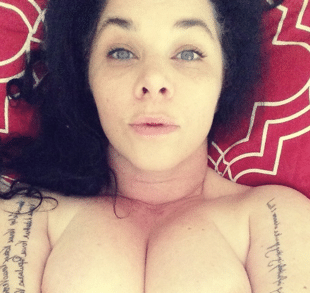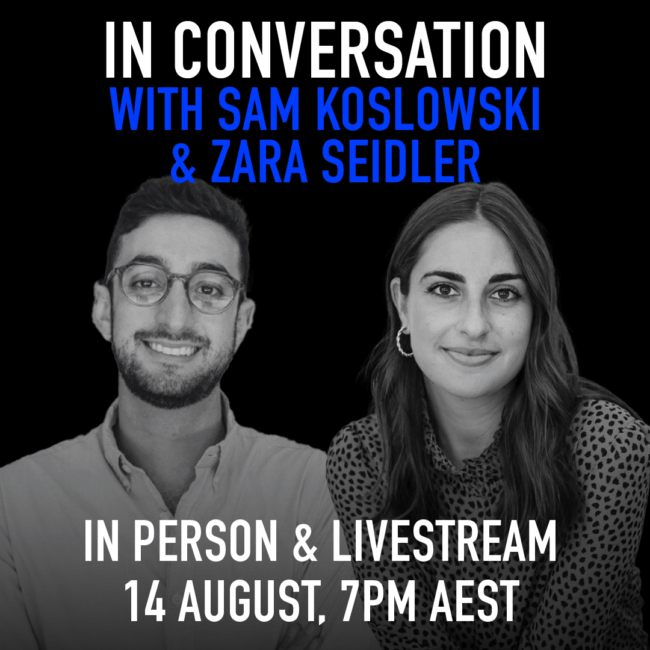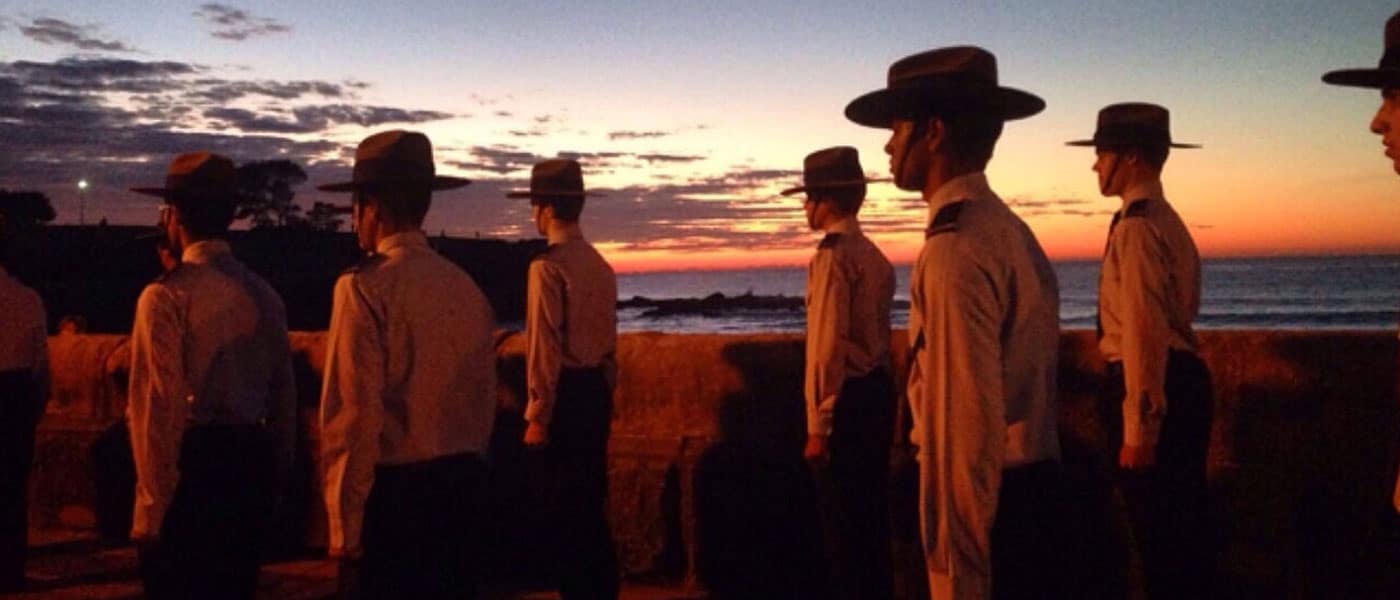
Look at this: the power of women taking nude selfies
Opinion + AnalysisHealth + WellbeingRelationshipsSociety + Culture
BY Amy Gray 22 AUG 2019
The continuing moral panic over women’s naked selfies is fundamentally misframed. By emphasising the potential for women to be made victims, we ignore the ways a woman’s body can be an expression of power.
According to the prevailing moral panic of the day, young women take naked selfies in order to please others and not themselves. This, we’re told, leaves them vulnerable to exploitation because women must always be vulnerable.
It’s as though the only mystery afforded to women is not their thoughts or talents but what lies underneath their clothes. Go no deeper than the skin. Deny any complexity that might present her as a human with needs separate from what men may want.
This seems to be a narrative we teach teenagers. My daughter was taught that not only was there no legal recourse for photos shared without consent (untrue) but that the effects on women were so catastrophic that they should never send a naked photo (also, untrue). This happened on International Women’s Day, as if to remind us of our to-do list.
Inevitably, they learn what we teach. When I worked with teens on a short film, they told me how boys pestered every girl in their class for naked selfies. The girls didn’t even think it was sexual; more of a competitive collection like Pokemon Go but for undeveloped breasts. The requests were thought of as frustrating but normal, because “that’s just how they are”. Yet despite the mundanity of such a frequent request, the same teens sincerely believed leaked selfies would hound a woman to her grave.
Naked selfies carry many gendered clashes. I’ve always gasped at the difference between gendered aesthetics: I’ll rush to clean my room, groom and put on makeup before getting into an appropriate outfit of sorts before painstakingly composing shots; men just send a close-up photo of their cock jutting from a thicket of pubes.
It’s an effective example of the differences between the male and female gaze. A woman prepares because she is conditioned to know what men find attractive and that she is expected to deliver that. Men, conditioned to expect immediate access regardless of merit, put almost zero thought into their selfies. In the rare case they do, they project an image of themselves they want to see, rather than women who mirror what men want to see.
This positioning reinforces the power dynamic in heterosexual sexting. Men expect entertainment and women entertain at threat of exposure (also expected).
But why does the power lie with men?
On image sharing site Imgur, men enthusiastically share photos of naked women, even creating themed days for certain ‘types’ of women. But the images presented reflect the male gaze – photos taken of women, not by women.
Generally, whenever women posted selfies on Imgur, sexualised or not, she was immediately inundated with caustic remarks to stop being an exhibitionist (a polite euphemism for attention whore). That these are the same men who think nothing of going into a woman’s DMs to ask for naked photos is just another layer to it all. There is a clear mode of production, where women are the object and men remain in control of when and how they are seen. This is where the phrase “tits or get the fuck out” shows its intent: give us the body parts, not the entire body.
Perhaps this is because it is easier to sexually appreciate an object that has not been humanised or seen as an individual. When things are anonymised or presented in such a volume that they lose all semblance of individuality, they become an object that can be appreciated or abused without shame.
The power balance still rests with men – naked women are objects men readily expect, and demand to be presented in anticipated service of them. In this position of power, men expect women to arouse them, yet rarely consider whether women are aroused. Amazingly, we rarely discuss whether women find joy or pleasure in taking naked selfies, whether for themselves or others because we can’t move past women’s seemingly inevitable victimhood.
I’ve taken naked selfies for well over a decade. I first worried if photos might leak but, somewhat ironically, this concern has disappeared as I do more work in public. In Doing It: Women Tell the Truth About Great Sex, an anthology about sex, I wrote of how selfies can become graphic storytelling that not only builds intimacy but also an understanding of my sexuality and my sexual aesthetic pleasure. It is a power I never want to give up, so the book also contains a naked photo of me I had taken for a lover. It is a deliberate attempt to interrupt the means of production and also claim space within my sexuality, one that is defined by myself, not others.

When the photo was republished (with consent) by SBS, I wrote that “this is not some wishy-washy Stockholm syndrome masquerading as empowerment – there is ferocity in my choice”. It remains true today. By claiming my agency as an individual who feels pleasure and expression, I realise that confidence is not only crucial for my personal survival under patriarchy framed solely for men, but it is also a political act I can define as I choose. It makes me aware that my body, choices and actions are decided by me without reference to others’ expectations and that I contain greater complexity the roles of servant or victim that society allows.
Around this time, Mia Freedman wrote an article entitled ‘The conversation we have to have: Stop taking nude selfies’. Promoting the article on Twitter, Freedman wrote “taking nude selfies is your absolute right. So is smoking. Both come with massive risks.” In response, I took another naked selfie, but this time with a cigarette draped from my mouth and ‘fuck off’ written on my chest in black lipstick. I posted it everywhere without care because – again – my body, choices and actions are decided by me. I made the choice that and every day is that I will not have victims presented as complicit in their abuse. Because the fault will always be with the abuser, not the abused.

An act of power
Despite their conflicting emotions, publishing naked selfies taken in either arousal or anger are fearsome in their power. They are as much a rejection of victimhood as they are an opportunity for retribution. People can try to weaponise my body against me, but I will do it first and use it against them because I know its power.
This is why patriarchal structures and men condition women into submissive disempowerment. Women’s bodies are defined narrowly as vessels for pleasures and service for others, not ourselves. Such narrow and compliant definitions intentionally belie the power and complexity we contain.
Stories abound throughout history of the malevolent power of women’s bodies, so profound was male unease surrounding bloods and births. Women were told their vaginas ruined ship rope or their menstruation damned success. This was an admission women’s bodies were terrifying in their otherness but was also an excuse to contain them to the home rather than out in the community where they might gain power or control.
But history tells us many women believed in the power of their bodies. Balkan women would stand out in the fields, flashing their vaginas to the sky to quell thunderstorms. The Finnish believed in the magic of harakointi, using their exposed bodies to bless or curse on whim. Sheela-na-gigs (carvings of women often found in European architecture) embraced their power by spreading their labia, not to please or welcome men, but scare off evil. Women would lift their skirts to make others laugh in feasts for Roman gods and goddesses or lure lovers. More recently, women have exposed their bodies to protest petroleum in Nigeria or civil war in Liberia in acts of political, angry anasyrma.

Reframing the dialogue
The continuing moral panic over women’s naked selfies is fundamentally misframed. Women are presented as passively-defensive vessels in a state of perpetual victimhood. We are tasked with hiding our shameful-yet-coveted nakedness from people who expect to see us but only under their strict conditions.
A truer representation is that power exerts in all manners of life, including how we sexually communicate as equal, consenting partners. The moral panic should focus on when power corrupts that balance and how to correct it, not how to maintain the same corruption.
Join us as on 18 September for an an intimate conversation with Sexologist, Nikki Goldstein and art curator Jackie Dunn to unwrap the ethical dimensions of being nude. Get your ticket to The Ethics of Nudity here.
Ethics in your inbox.
Get the latest inspiration, intelligence, events & more.
By signing up you agree to our privacy policy
You might be interested in…
Explainer
Relationships, Society + Culture
Ethics Explainer: Beauty
Explainer
Relationships
Ethics Explainer: Ethics of Care
Opinion + Analysis
Health + Wellbeing, Relationships
The etiquette of gift giving
Opinion + Analysis
Relationships





